Morel-Lavallée Lesion in Children
Pediatric EM Morsels
JUNE 16, 2023
The subcutaneous space is a vast region of potential space where things can collect. Sometimes this can be used to our advantage, like when we need to give subcutaneous fluids to a dehydrated patient without an IV, or when we need to give SQ medications for things like Sulfonylurea overdose , Hereditary Angioedema , or DVTs. Sometimes, however, these deeper layers of the subcutaneous space can collect dangerous infections , like Necrotizing Fasciitis.



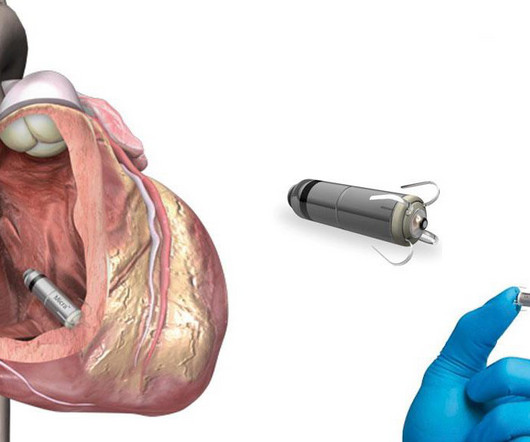

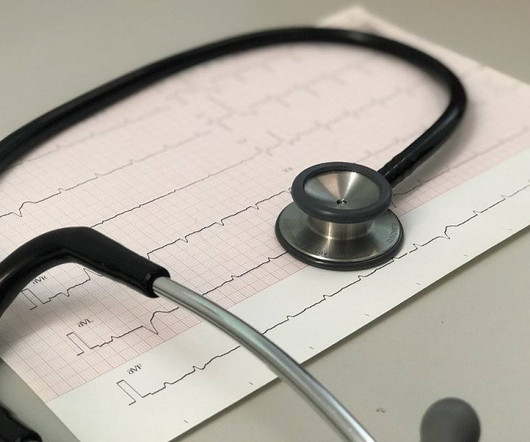



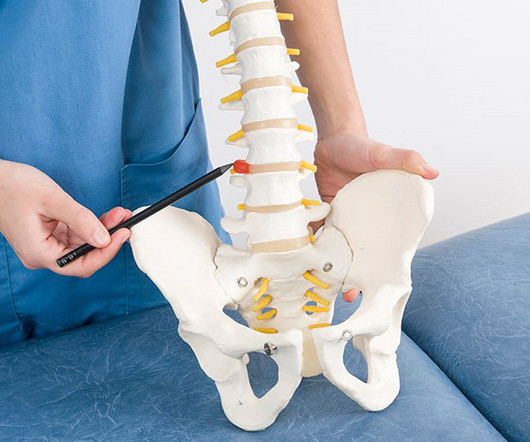
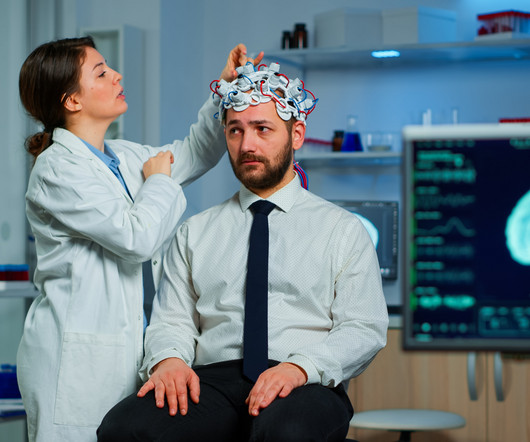
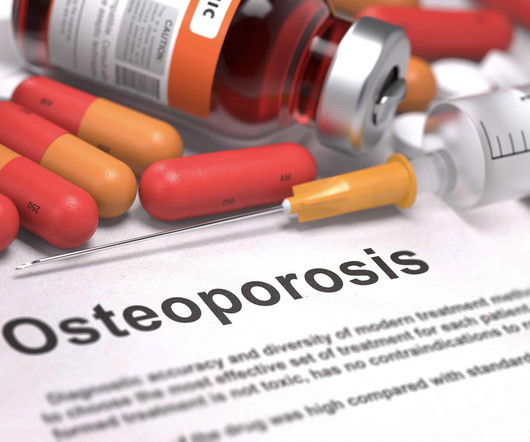
















Let's personalize your content